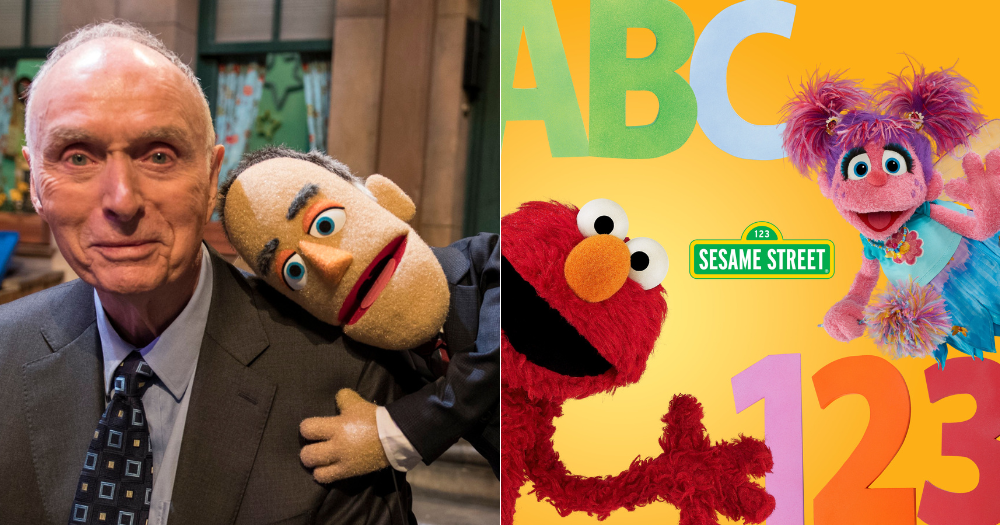Lloyd Morrisett Dies
Lloyd Morrisett, who helped make Sesame Street and thought that kids could learn from TV, has died at the age of 93.
This week, Morrisett’s death was announced by Sesame Workshop, the nonprofit that he helped start in 1968 and which is behind Sesame Street.
Sesame Workshop said in a tweet, “Lloyd was a wise, thoughtful, and most of all kind leader of the Workshop for decades. He was fascinated by the power of technology and always thinking of new ways it could be used to teach.”
Morrisett, who was vice president of the Carnegie Corporation at the time, and TV producer Joan Ganz Cooney talked about making Sesame Street in the late 1960s.
Gerald Lesser, a developmental psychologist, helped them plan the educational parts of the show. Jim Henson, a Muppets puppeteer, made the first group of Sesame Street’s strange characters, like Bert and Ernie, Big Bird, Cookie Monster, and Oscar the Grouch. The first episode aired in 1969.
“There would be no Sesame Street without Lloyd Morrisett,” says Cooney in a statement. “He was the first person to think of using TV to teach young children basic skills like letters and numbers. He was a reliable partner and friend to me for more than 50 years, and I will miss him very much.
Sesame Street is one of the longest-running TV shows in the world. It has won more than 100 Emmys. It was the first television show to ever win the Kennedy Center Honor for lifetime artistic achievement in 2019.
The Corporation for Public Broadcasting says that every week, millions of people in the United States watch Sesame Street.
The show is shown in more than 120 different countries. Morrisett was born in Oklahoma City, Oklahoma, in 1929. He went to Oberlin College to study philosophy and Yale University to get a PhD in experimental psychology. He taught for a while before going to work for the Carnegie Corporation, where he stayed for ten years.

Something caught Morrisett’s eye on a Sunday morning in December 1965: his 3-year-old daughter Sarah couldn’t take her eyes off the test patterns on the TV while she waited for her cartoons to start. According to Michael Davis’s book Street Gang: The Complete History of Sesame Street, Morrisett later said, “It occurred to me that Sarah found something interesting about TV.”
The next year, when he met Cooney at a dinner party, he was still thinking about that observation.
“I asked Joan, ‘Do you think that young children could learn from TV?'” Morrisett told Karen Herman of the Television Academy about it in 2004. He remembered that her answer was, “I’m not sure, but I’d like to talk about it.”
The two of them got together with education experts and child psychologists to make Sesame Street. They wanted to use TV to help low-income and minority children who were having trouble in school. Over the course of its 54-year history, the show has always changed to reflect social and political changes and to give its characters a wide range of experiences.
Read Also: Information on basketball player Jose Alvarado, including his wiki, age, wife, and net worth.

